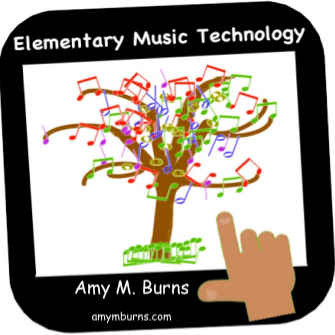Mind Brain Education: CTTL Elementary Academy Day 1
For the past few years, we have explored and studied Mind Brain Education (MBE) through reading Neuroteach, written by Glenn Whitman and Dr. Ian Kellener, through various webinars and conferences, took online Neuroteach Global (NTG) courses, and participated in a four-day deep dive provided by The Center for Transformative Teaching and Learning (CTTL). The latter is one that I have not had the opportunity to take. Many of my colleagues, who have taken all of the above, had advised me that once I took the four-day intensive training, all of the other pieces of the training would fall into place. I hesitated on participating in the four-day course for two reasons: 1) It is a four-day course in the summer that makes it challenging for a working mother of school-aged children to attend. And 2) I felt that a focus on elementary MBE would be more applicable. When I learned that this summer the CTTL would provide online elementary-focused training, I jumped at the opportunity to attend.
Some Takeaways from Day 1 of MBE
After the morning session focused on the learning environment and student well-being, I began to immediately see how the four-day deep-dive in MBE would fill in the gaps of my studies. Some quick takeaways from day one as an elementary music educator:
Cognition and emotion are Interdependent.
When children feel safe, they learn better. I think about this alot, especially if music was the subject that made a child feel safe, gave them a sense of belonging, and their school took out the arts due to the pandemic. I am proud to say that most schools where I am located understood the importance of the arts and kept them offered and running all this past school year.
Pleasant emotions are where we strive our learning environment to be, versus unpleasant emotions (like students feeling judged, they notice others progressing and they feel that they are not, the nonverbal body cues from teacher, etc). In music class, how do we correct a student who makes a mistake and plays a song incorrectly? Do we tell them how to correct it or do we give them opporunities for them to own the song and correct it themselves?
“Promising Principle 1: Understand the link between emotion and cognition – dedicate time to activities that are shown to increase well-being, such as read alouds, singing, journaling, art, and movement.“
I love that singing is included in this!
When students who don’t feel like they belong are questioning if they are safe, then their active, working memories and their executive functioning skills are attacked first.
From The Center for Transformative Teaching & Learning ©2020 https://www.thecttl.org/
One of the best quotes to hear from your student is, “My teacher gets me”, not “my teacher likes me”. Though the latter is a nice feeling, the former means that the student understands why your music classroom is a place where they feel safe and will thrive.
Memory is the residue of thought – Prof. Dan Willingham
Lessons – who is doing most of the thinking? Me or the students? Am I taking away of their memory being fully functional if I am doing most of the thinking?
Learning happens when you think hard. So where in your lesson will your students think hard? And how do you get thinking hard at the top of your agenda? In music class, I attribute this to my youngest of students when I remember that when they are learning, I am not to sing with them. They need to have that independence as they learn to sing. When they have mastered a simple song, then I can sing with them.
What does the research point for the cultivation of habits for lifelong learning?
Value – is it worth the student’s time to learn?
Expectancy – Can they do it?
Costs – What are their barriers when learning and how can they overcome them?
The latter is why we learn how students learn. No matter what subject you teach, having and understanding this knowledge will help your classroom be a learning environment for student well-being as well as helping students develop habits for achievement and lifelong learning.
Want to learn more?
I will continue blogging my thoughts on this deep-dive. However, the best place to begin is to check out https://www.thecttl.org/ and to read Neuroteach. Finally, if you can ever catch a session presented by Dr. Missy Strong about music and neuroplasticity, I would highly recommend attending it. I have attended a few of her sessions on this topic in the past, and it helps me to understand how students learn music from the youngest of ages.
